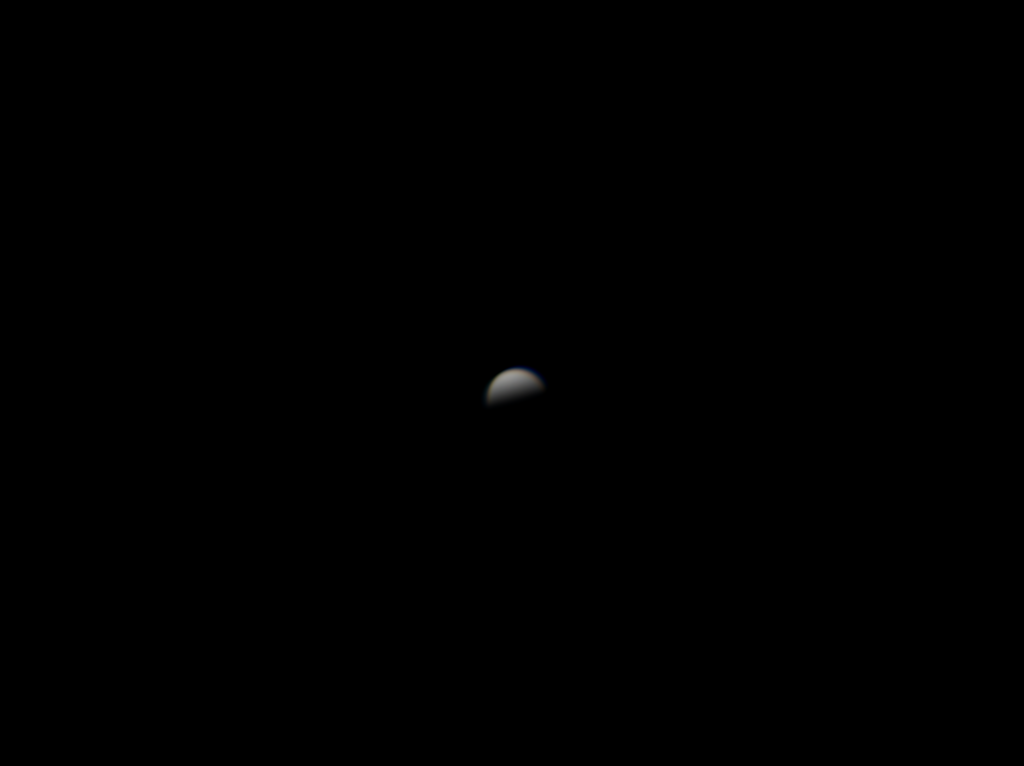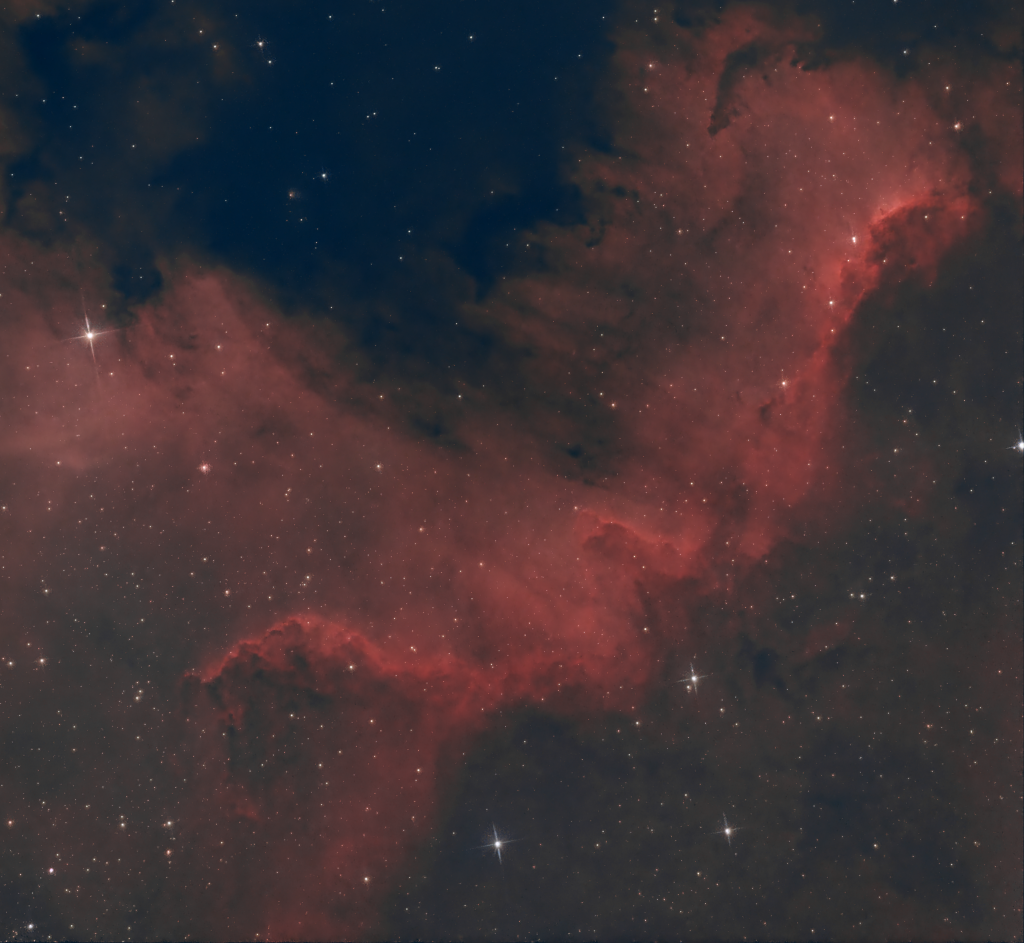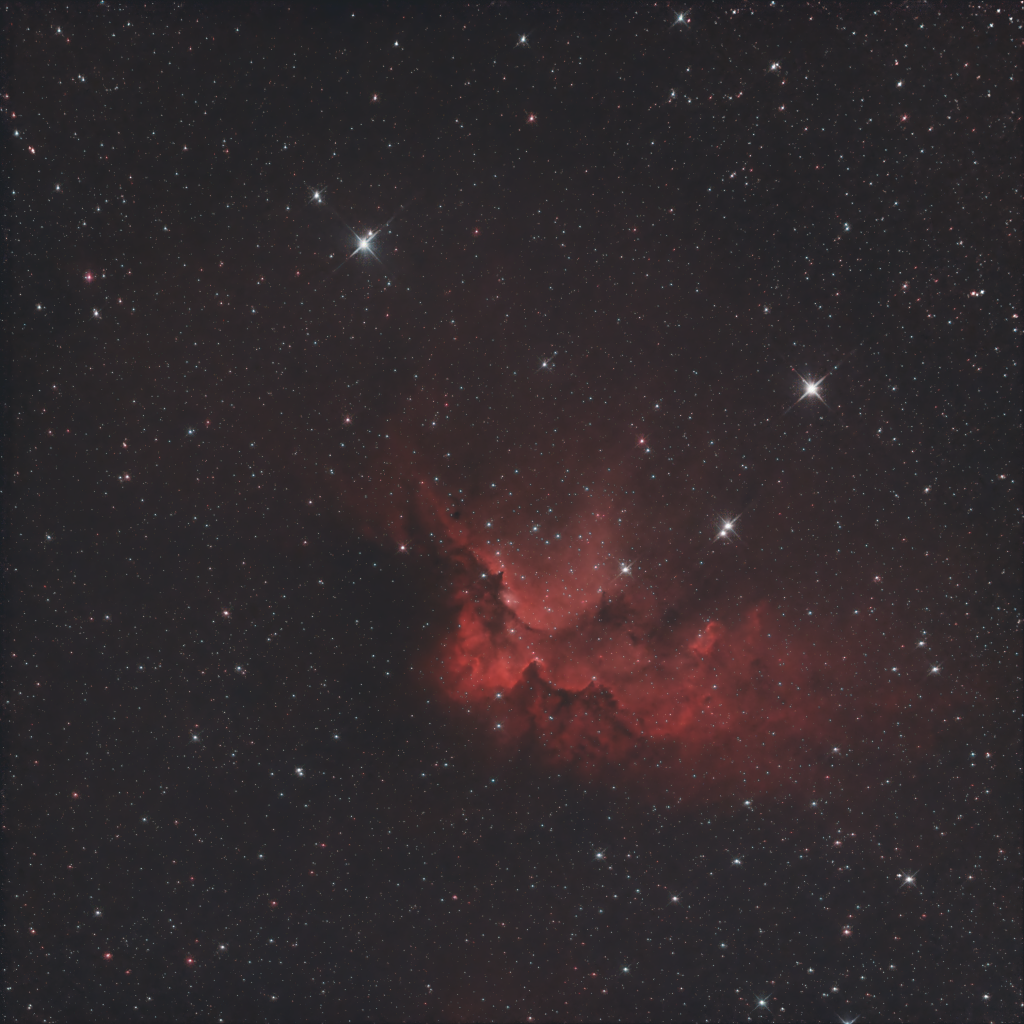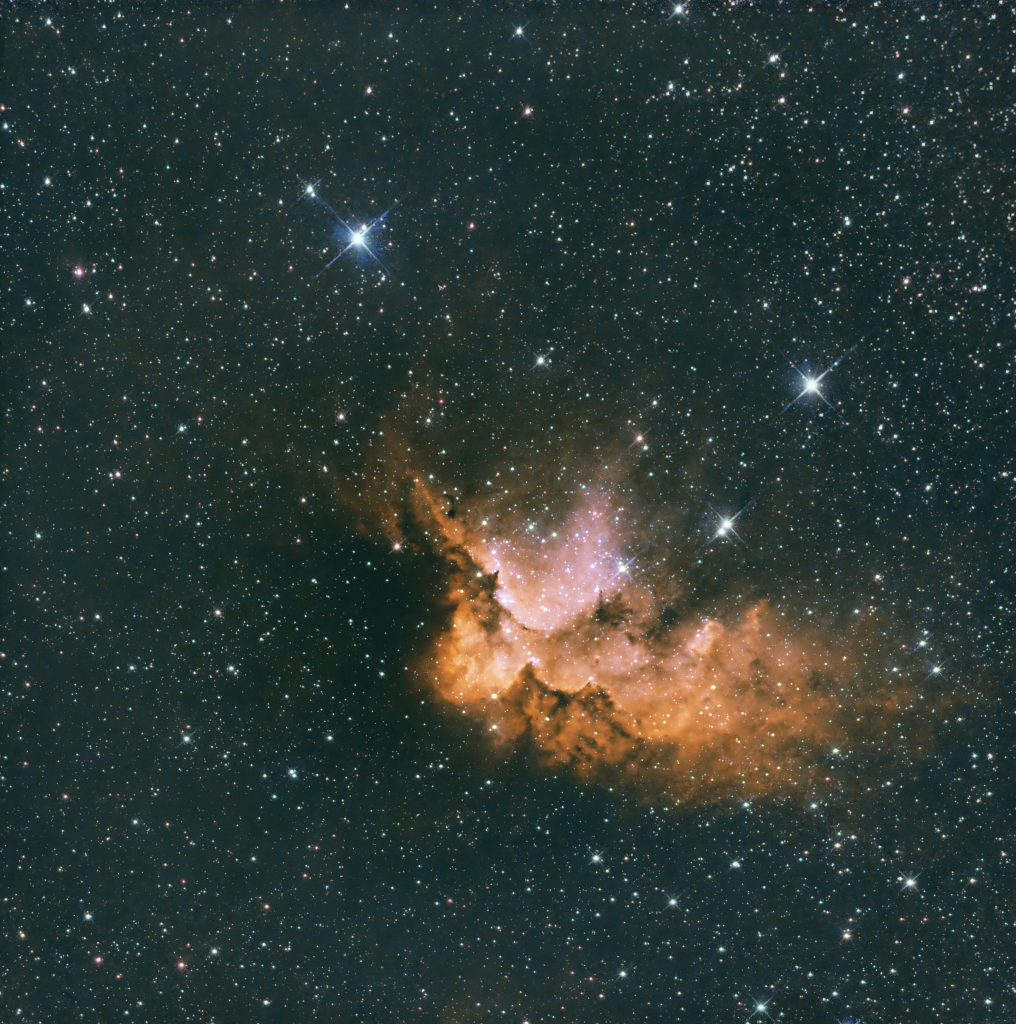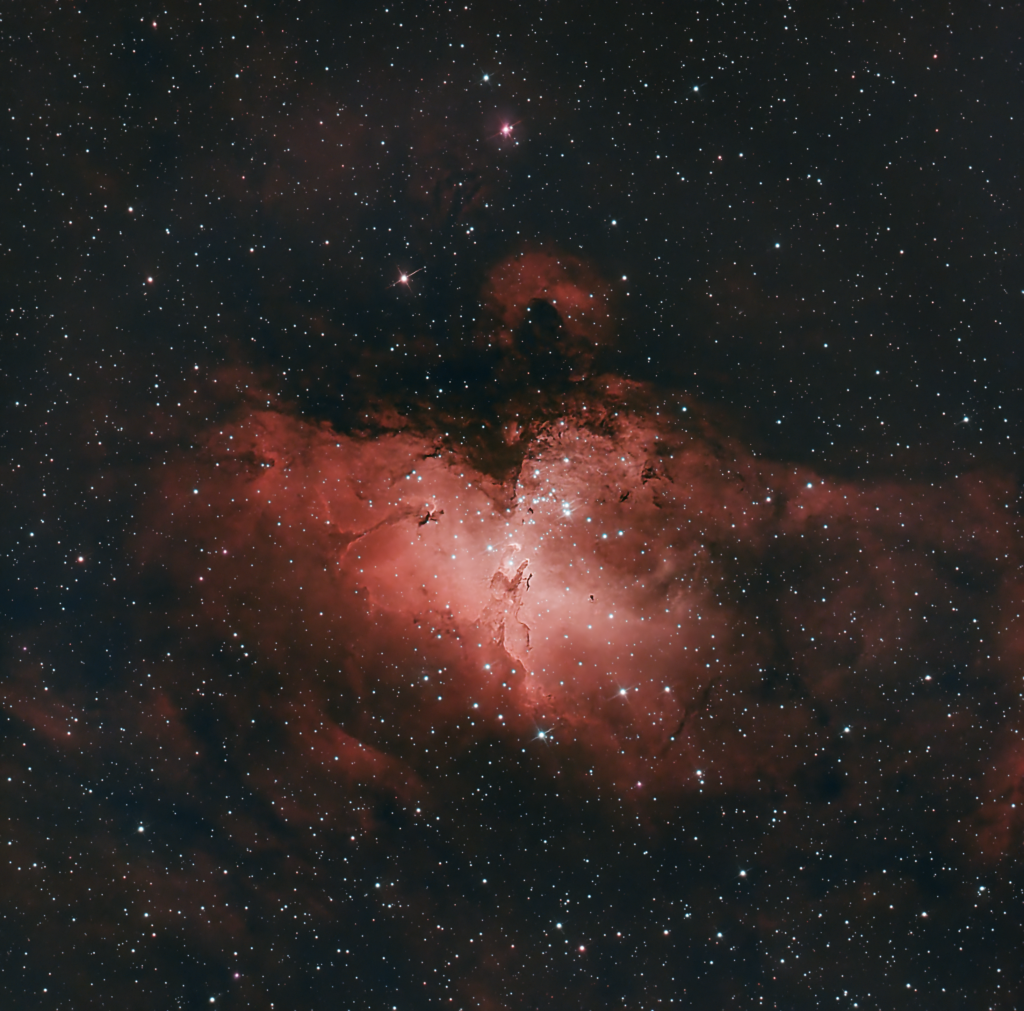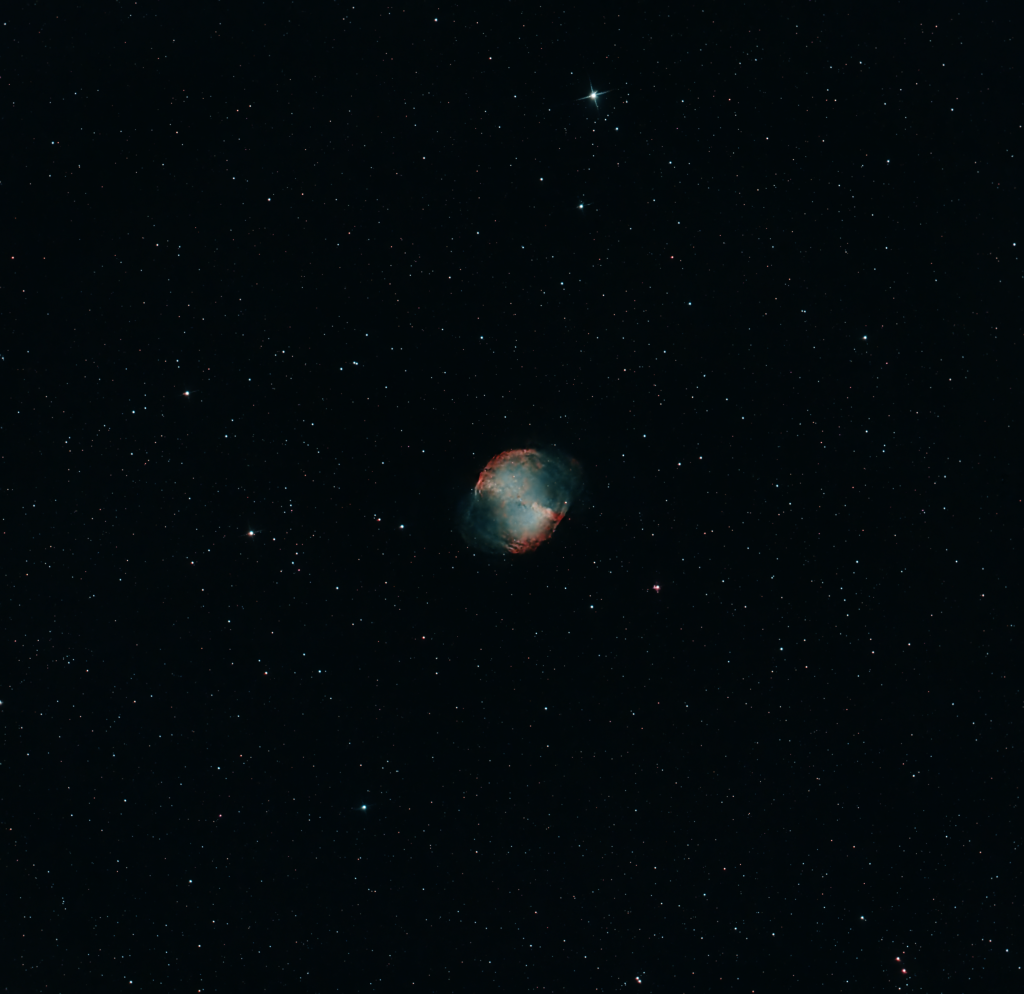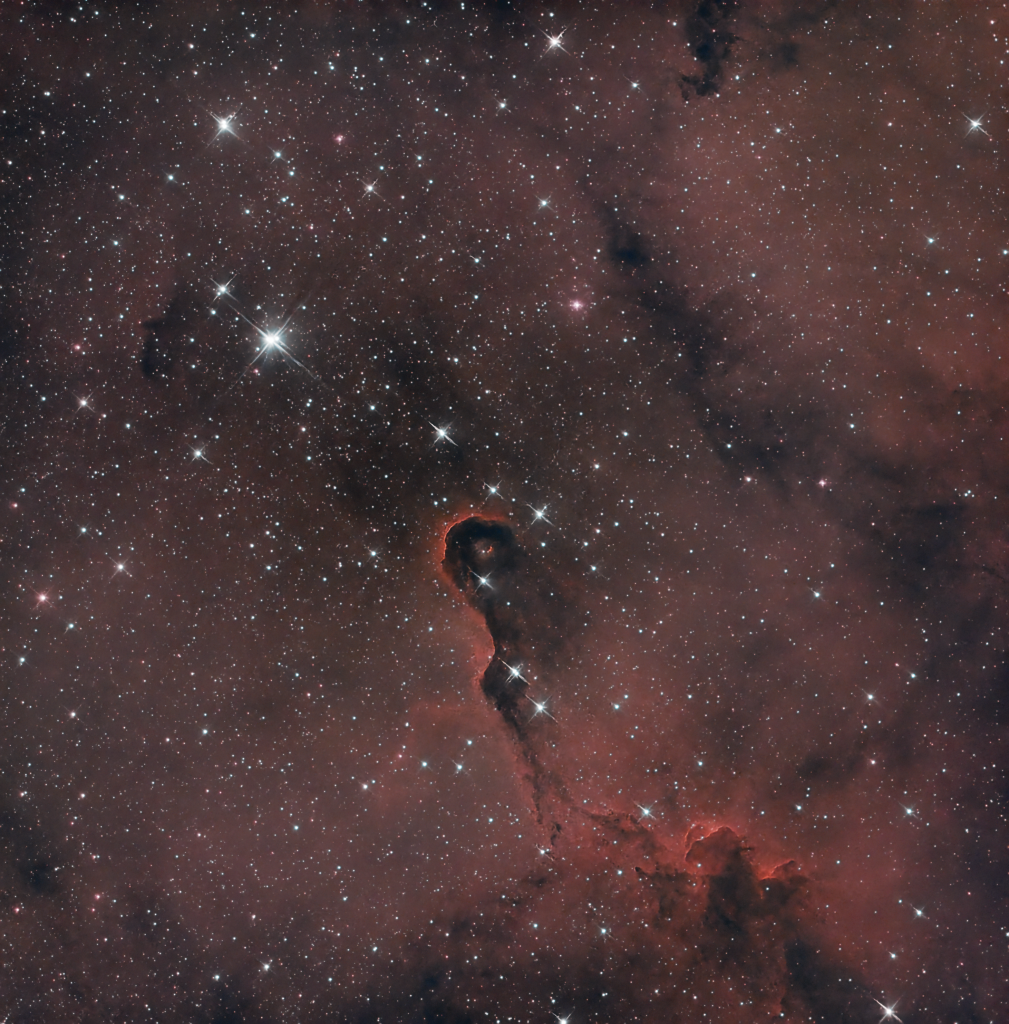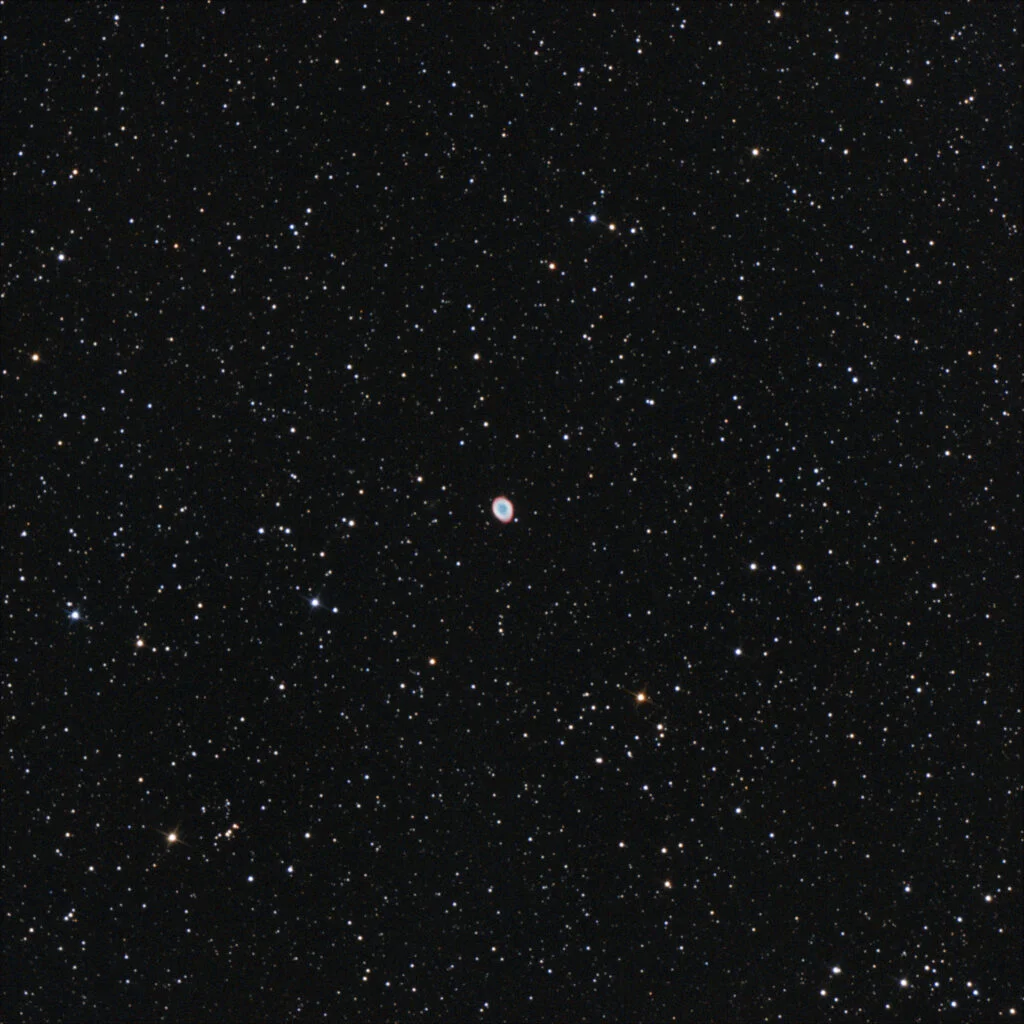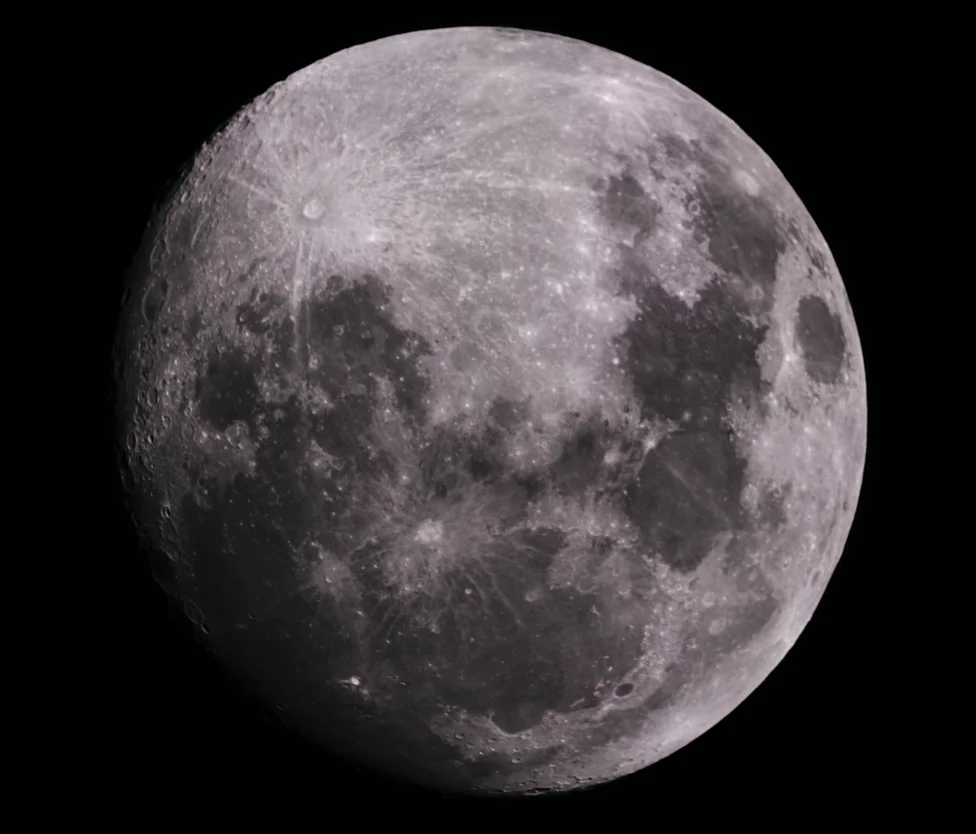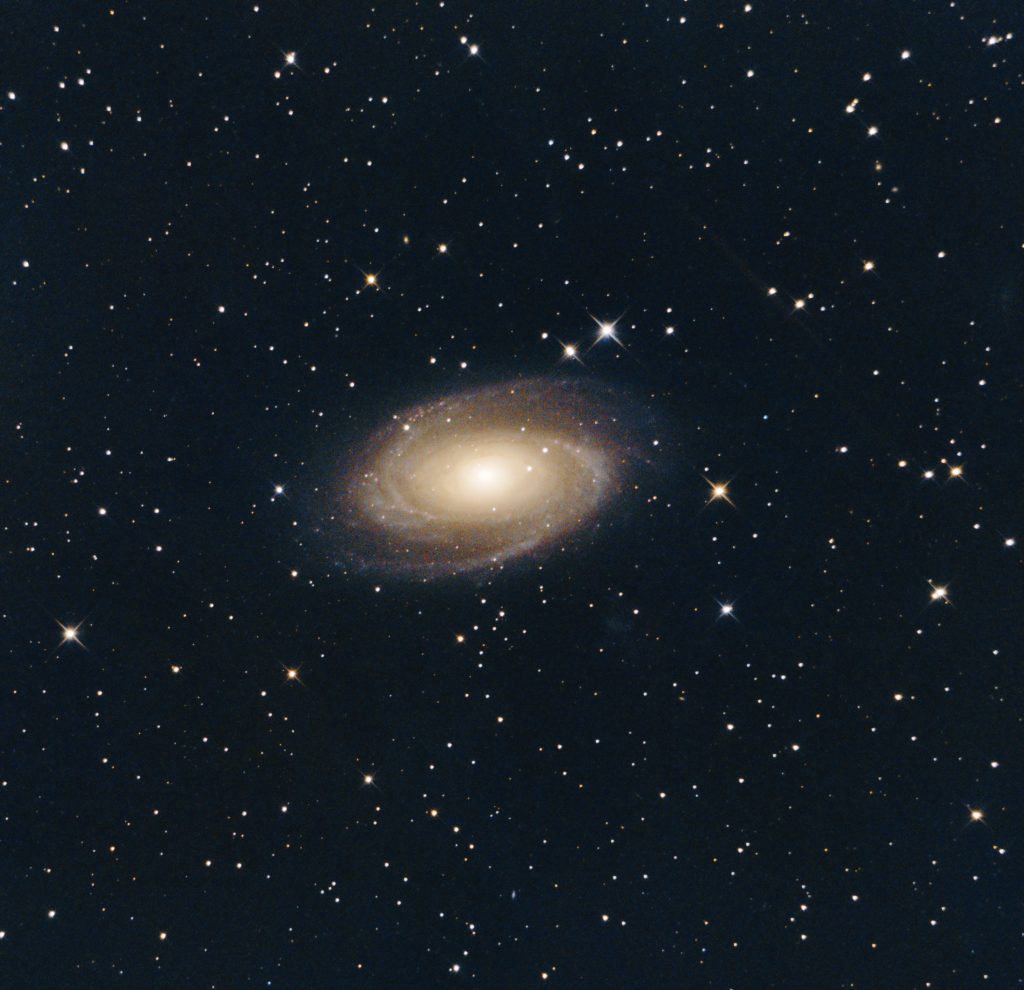Venus
In a couple days Venus will be at greatest eastern elongation. Getting any detail out of Venus is a real challenge though. But the real joy here is the simplicy of the setup:
A simple dobsonian telescope, equatorial platform and planetary camera.
No guiding, no cable mess, no polar alignment, no balancing or any of the other mess that is needed for deep space astrophotography. I look forward to planetary season to image Neptune, Mercury and Uranus later this year.
